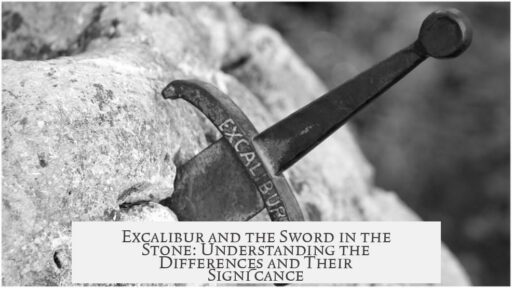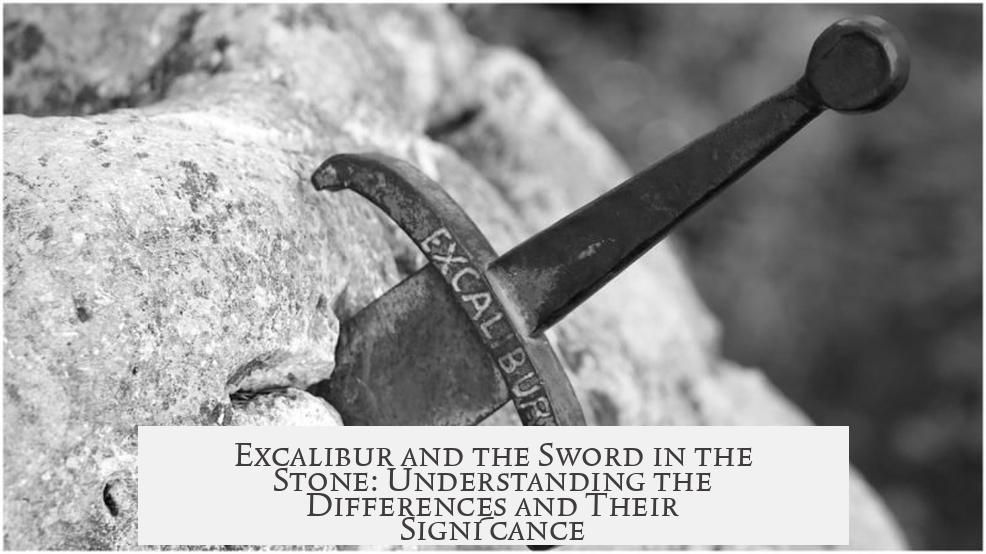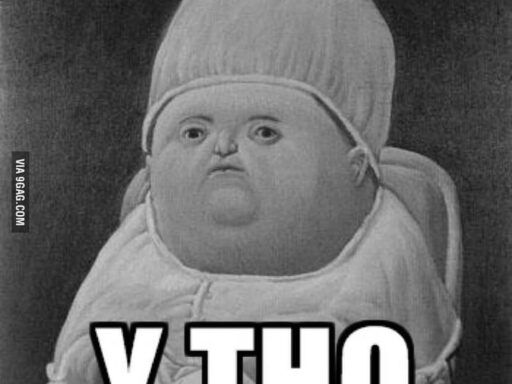Excalibur and the Sword in the Stone are generally considered two distinct swords in Arthurian legend. Excalibur is famously given to King Arthur by the mystical Lady of the Lake. The Sword in the Stone, often linked to Arthur’s legitimacy as king, is known as Clarent, a separate ceremonial sword. Different sources and versions vary, but these swords typically serve unique purposes and have separate origins.
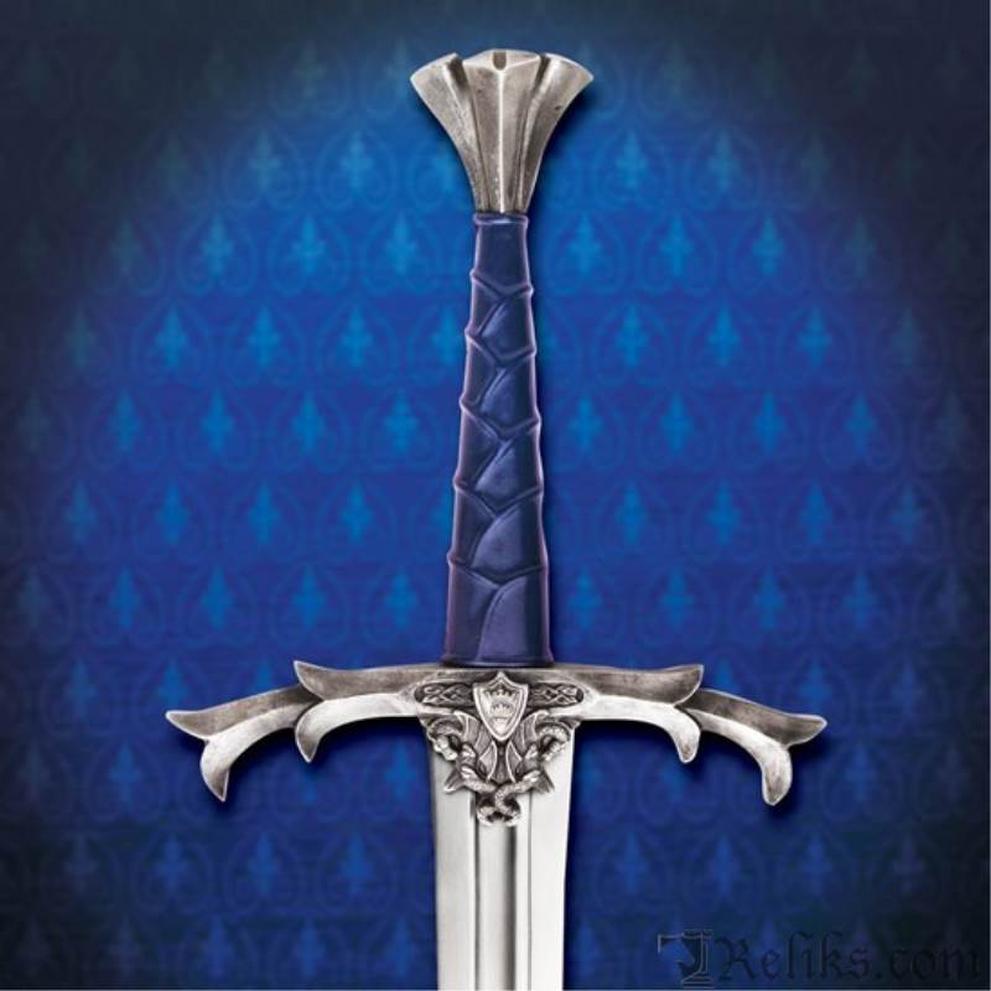
Clarent, the sword in the stone, acts as a symbol of rightful sovereignty. According to legend, the inscription declares, “Whoso pulleth out this sword of this stone is the rightwise born king of all England.” This sword legitimizes Arthur’s claim to the throne. However, Clarent later enters the story as a tragic object: Mordred steals it and uses it to kill Arthur at the Battle of Carnlann. This tale underscores its ceremonial and narrative importance.
One influential source on Arthurian mythology is Geoffrey of Monmouth’s Historia Regum Britanniae, written in the 14th century. This text helped popularize many Arthurian themes, including the roles of different swords. It shows how complex and inconsistent these stories can be, influenced by numerous retellings over centuries.
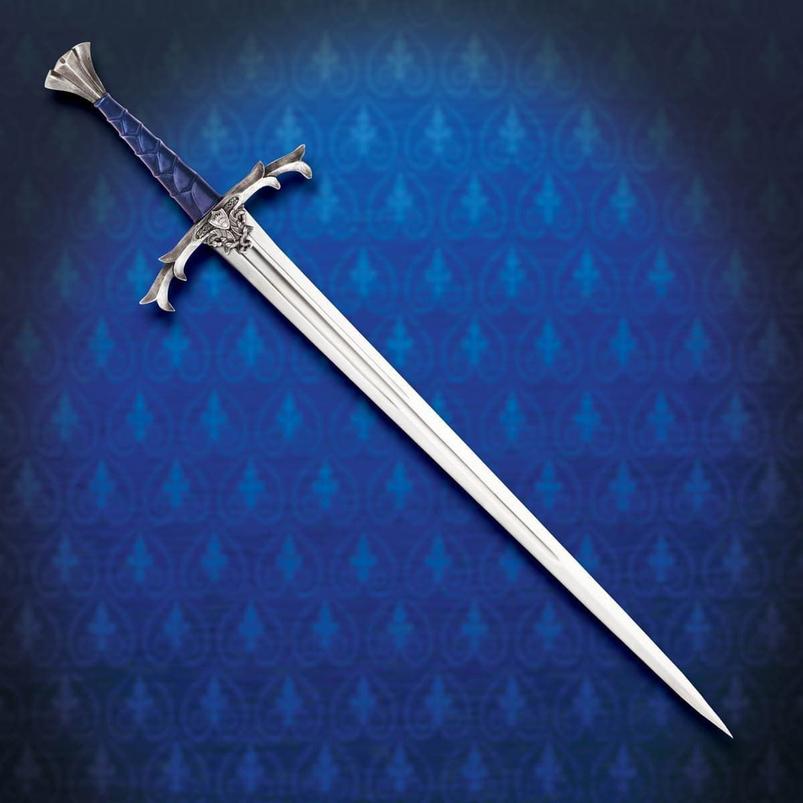
Le Morte d’Arthur, by Sir Thomas Malory, reflects some complexities regarding these swords. The text depicts the sword taken from the stone as unnamed at the moment Arthur pulls it. Later, Merlin brings Arthur to meet the Lady of the Lake, who offers him Excalibur. This sword replaces Arthur’s older, broken sword. It remains unclear if the broken sword was the one from the stone or another, but Excalibur is introduced as a new, powerful weapon bestowed by a supernatural figure.
The Lady of the Lake’s sword, Excalibur, is depicted with magical qualities. Its scabbard, in particular, protects Arthur from mortal wounds. The story details intrigue where Queen Morgan le Fay swaps Excalibur’s sword and scabbard to weaken Arthur’s defenses. This element deepens the sword’s mystical significance beyond mere weaponry. Meanwhile, the sword in the stone is described as blindingly shiny, with the power to dazzle enemies, highlighting different magical attributes.

Malory’s narrative shows some inconsistencies regarding the swords. Early in the story, the sword Arthur wields in his first battles is named Excalibur and is described as giving out light like “thirty torches,” causing enemies to falter. This suggests Excalibur was in use before Arthur meets the Lady of the Lake, contradicting other parts where Excalibur is clearly given later. The text does not clarify if the sword from the stone and Excalibur are the same or if Arthur lost and regained Excalibur over time. These ambiguities have led to varied interpretations.
| Sword | Origin | Role | Magical Trait |
|---|---|---|---|
| Clarent (Sword in the Stone) | Embedded in stone; pulled by Arthur | Symbol of rightful kingship; used ceremonially | Blinding shine to dazzle enemies |
| Excalibur | Given by Lady of the Lake at Avalon | Main sword of Arthur; represents power and protection | Scabbard protects wearer from mortal harm |
The difference between the two swords is more than just their names. Clarent embodies Arthur’s legal claim to the throne. Excalibur reflects his martial power and divine favor. Their stories converge and diverge across centuries and authors, which can explain the variations and confusions. The key takeaway is that most traditions treat them as separate swords with distinct purposes.
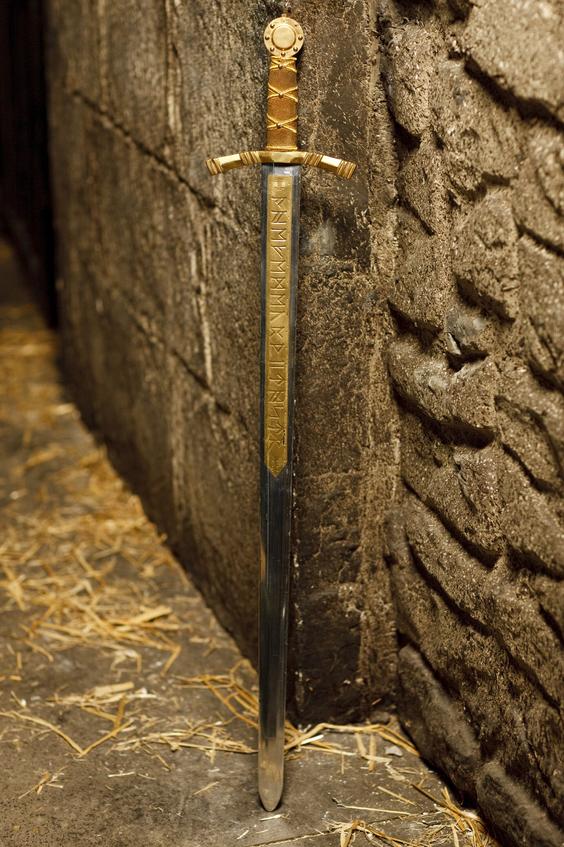
- Excalibur is the sword given by the Lady of the Lake; Clarent is the Sword in the Stone.
- Clarent symbolizes Arthur’s right to rule and is eventually stolen by Mordred.
- Excalibur’s scabbard grants protection, unlike the Sword in the Stone.
- Malory’s Le Morte d’Arthur shows inconsistencies about the swords, sometimes blurring lines.
- The swords have different magical traits and narrative roles in Arthurian legend.
Is Excalibur and the Sword in the Stone Two Different Swords?
Short answer: Yes, Excalibur and the Sword in the Stone are two separate swords in Arthurian legend. But like any good medieval myth, the story gets tangled, twisted, and rewritten with a wink—or maybe a foggy memory—depending on who’s telling it. Let’s dive into why these swords aren’t identical twins but more like distant cousins with wildly different personalities.
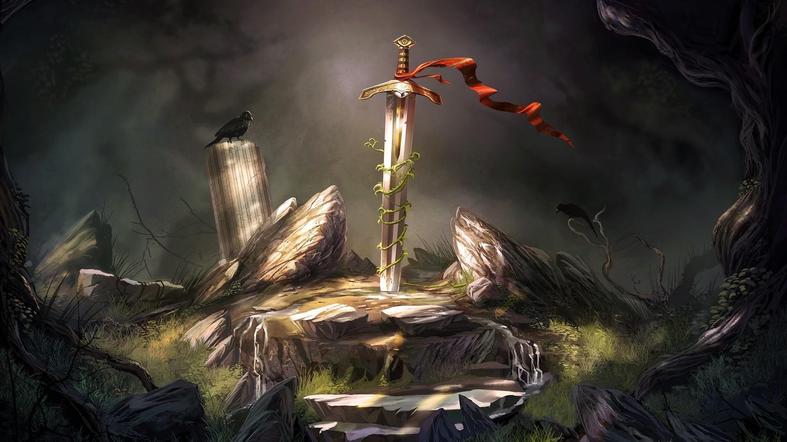
Picture this: a young Arthur, unsure, maybe a bit scruffy, approaches a mysterious stone with a sword embedded in it. The legend declares, “Whoso pulleth out this sword of this stone is the rightwise born king of all England.” That sword isn’t Excalibur—it’s actually called Clarent, a ceremonial sword symbolizing the right to rule. But the story doesn’t stop there. Clarent later becomes a deadly plot device when it’s stolen by Mordred and used to kill Arthur at the Battle of Carnlann. Tragic, but crucial for separating that sword’s tale from that of Excalibur.
Meanwhile, Excalibur has a different origin story altogether. In one of the most famous versions popularized by Sir Thomas Malory’s Le Morte D’Arthur, Excalibur is gifted to Arthur by the mystical Lady of the Lake. This isn’t just any sword; it’s a weapon of power and legend, wrapped in magic. And here’s a fun fact—Excalibur’s scabbard holds incredible magic too, protecting Arthur from mortal harm. The loss of that scabbard is almost as catastrophic as losing the sword itself, leading to a spell of vulnerability.
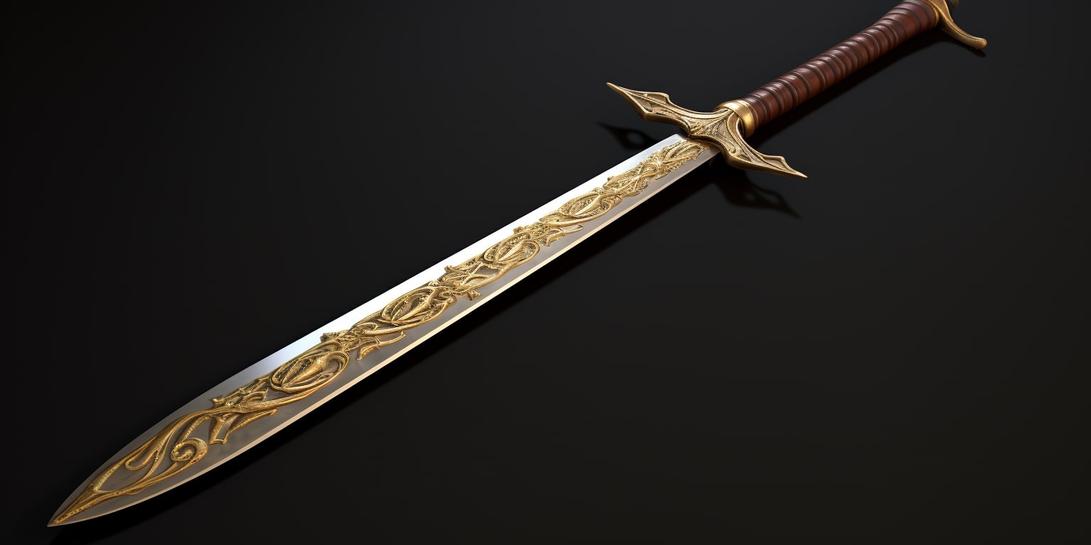
Two Swords, Two Stories
So why the confusion? Different sources and storytellers have blended, twisted, and occasionally muddled these swords’ tales. Geoffrey of Monmouth’s 14th-century epic Historia Regum Britanniae helped popularize the legend of the Sword in the Stone years before Malory. Yet Malory’s account, while iconic, isn’t entirely consistent. Early on, he names the sword Arthur uses in battle as Excalibur—even before the Lady of the Lake’s gift enters the story. Did he lose it? Or might the sword from the Stone and Excalibur be the same in Malory’s mind, despite other legends distinguishing them? The author hedges so hard you can almost hear monks debating this in the margins.
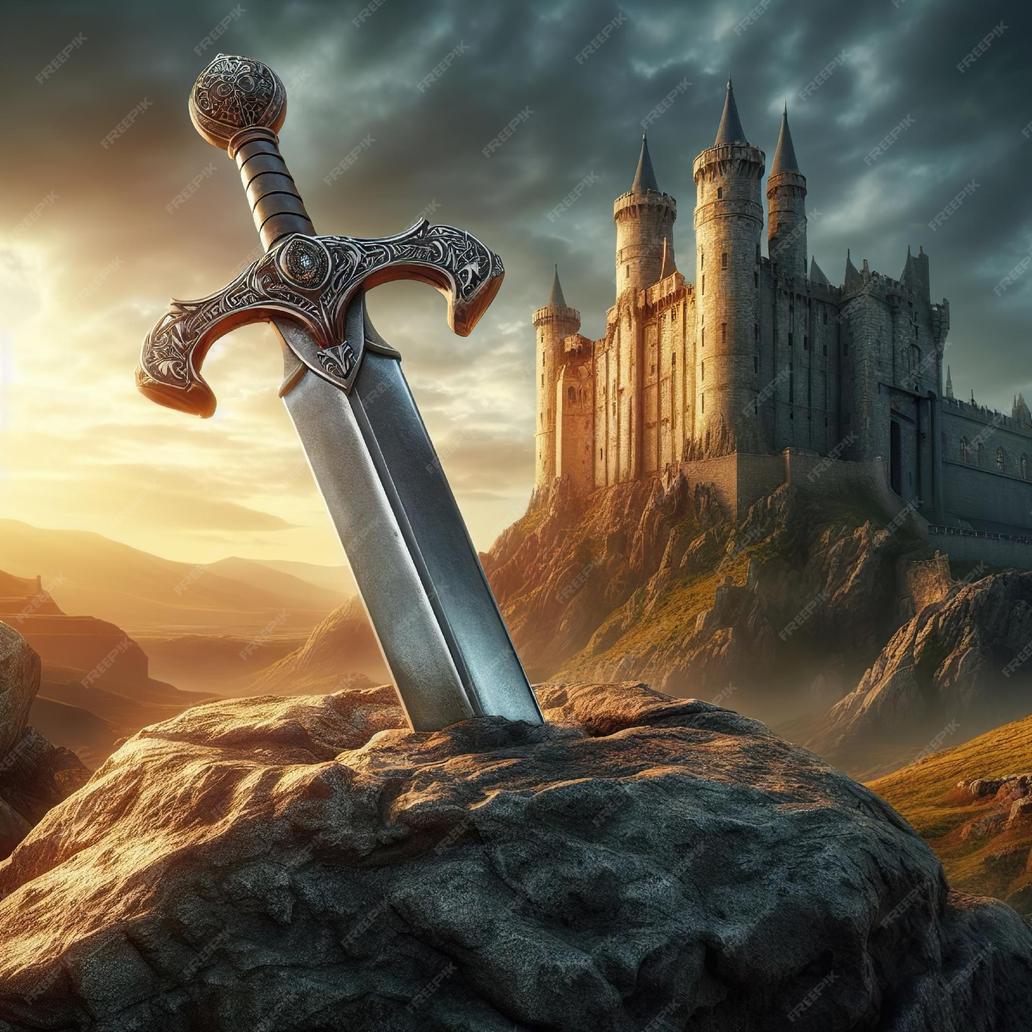
But back to the Lady of the Lake. This magical figure emerges from the water with an arm clad in shining white samite, holding Excalibur aloft. It’s not just sword-in-stone drama here—it’s supernatural realness with high stakes. When Merlin leads Arthur to meet her, it’s made clear: Excalibur replaces the worn or broken sword Arthur previously wielded. Whether that broken sword is the one pulled from the stone is up for debate. Even Merlin, that wise fellow, leaves us hanging.
The Unique Powers of Each Sword
Both swords shine—literally and figuratively. The sword in the Stone dazzles with brightness so blinding it can disorient enemies, while Excalibur’s glow is less about flash and more about invincibility. And if you think a magical sword doesn’t come with a magical accessory, think again: Excalibur’s scabbard arguably eclipses the blade itself in importance due to its protective properties.
How Do These Stories Matter Today?
Well, knowing that Excalibur and the Sword in the Stone are different swords can add layers to understanding Arthurian tales. It’s not just academic nitpicking—it’s about recognizing how myths evolve and what they symbolize. Clarent, the sword in the stone, represents rightful sovereignty and the harsh realities of betrayal. Excalibur symbolizes divine power, protection, and the mystic approval of Arthur’s reign.
If you ever find yourself drawn to the story of Arthur, remember this: legends are full of twists. It’s like a medieval soap opera where swords can have split personalities depending on the storyteller. So next time someone asks if Excalibur and the Sword in the Stone are the same, you can flash a knowing smile and say, “Actually, they’re not. Clarent pulls the legitimacy card, and Excalibur wields magical might.”
What Does This Mean for Sword Lovers and Story Fans?
- The next time you see a dramatic retelling or film adaptation, keep an eye on which sword shows up. It might clue you into the version of Arthurian legend you’re watching.
- For writers, choosing between these swords means deciding what aspect of Arthur’s kingship to highlight: his right to rule (Clarent) or his divine protection and power (Excalibur).
- Collectors and reenactors can appreciate the subtle difference. Owning a replica of Excalibur comes with a story about magic and protection; Clarent is about legitimacy and tragic betrayal.
Is there a moral here? Maybe. Sometimes, the real power isn’t just in the sword but in the story we tell about it. And sometimes, it’s in knowing that the legend evolves, sometimes leaving us with more questions than answers. Like: if Clarent was stolen and used to kill Arthur, what happened to the sword in the stone after? And how many magical swords does one legendary king really need? Food for thought as timeless as the myths themselves.
